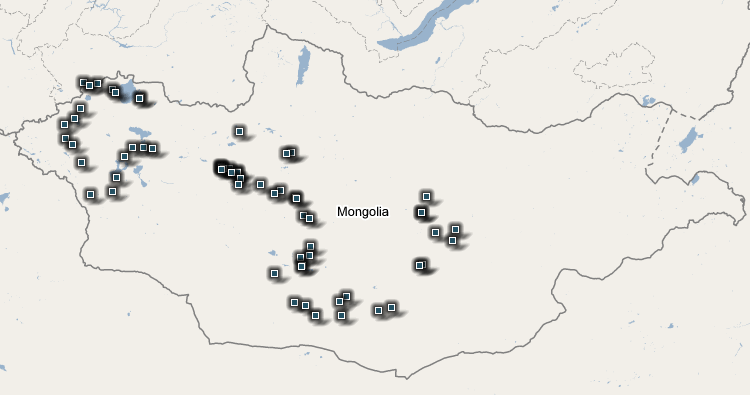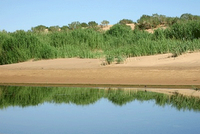This auxiliary information is called metadata.
Although most people care about a photo's pixels, rather than its metadata, metadata can provide good cues for organizing, browsing, and finding your photos, and more importantly, it can aid in telling your story.
There are two pieces of metadata that provide the context of a photo: when and where. Knowing that a photo was taken during your last trip, for example, or that a photo was taken at Disneyland, says a lot about the photo even before you see a single pixel.
Date & time are easy to acquire - almost all digital cameras have an internal clock, and every photograph you snap is stamped with the date and time without any extra effort on your part.
Geographic location is harder to come by. There are a handful of high-end cameras on the market that can connect to a GPS device and which automatically enter location information into the photo file. For those of us who don't own such a camera, there are two methods for attaching this valuable location information to the photograph, both of which require special software.
- Manually drag and drop photos onto a map once the photo is on your computer.
- An external GPS device can be used to keep track of the camera location and the data can be synchronized later using specialized software.
Once your photos are time-stamped and location-stamped, software allows you to take advantage of this information in a variety of ways.
- The GPS information in the Digital Photos could be used by tools like Google Earth to zoom in to the location based on the coordinates.
- For biologists, it can be a tool to track and monitor endangered plants and animals, though hopefully not to document their extinction. The photo represents information on where to look, and what to look for, in searching for what has become of a unique moment.
- There are other major advantages in having GPS information encoded in the EXIF data of a photograph. For a photographer trying to organize a vast collection of images, it would be of immense help.
- Part of the point in knowing the exact time and place is to make an indisputable photographic record of that unique moment. For example, you might document year after year the same patch of wildflowers. The photos would provide a record of their exact location, to assist in relocating them for future photo shoots. They would also be a valuable tool in biological study of the changing dynamics of a local flower population.
- Information on exact GPS coordinates also allows photographers to categorize places of interest, sorting all images automatically that meet these criteria.






